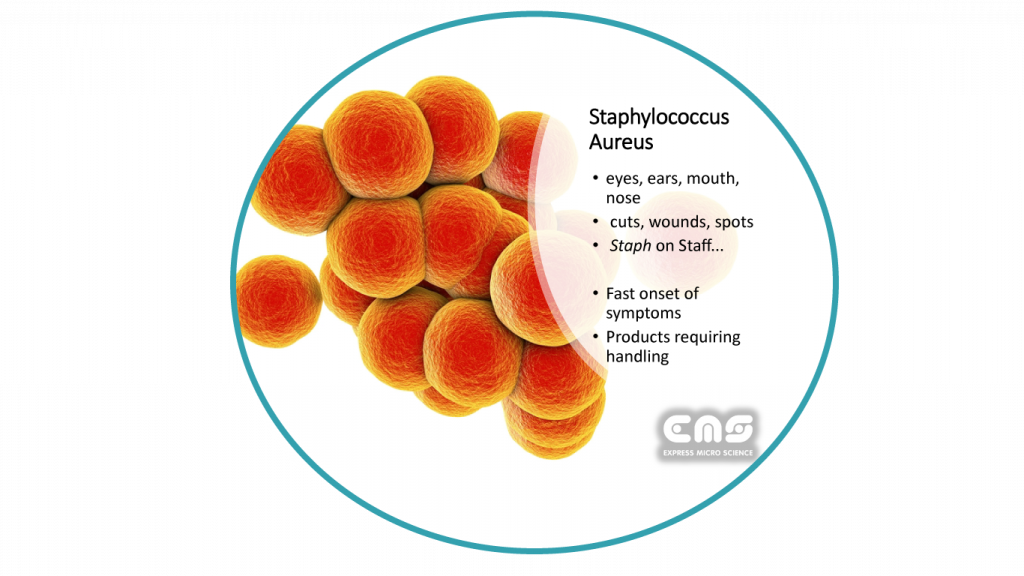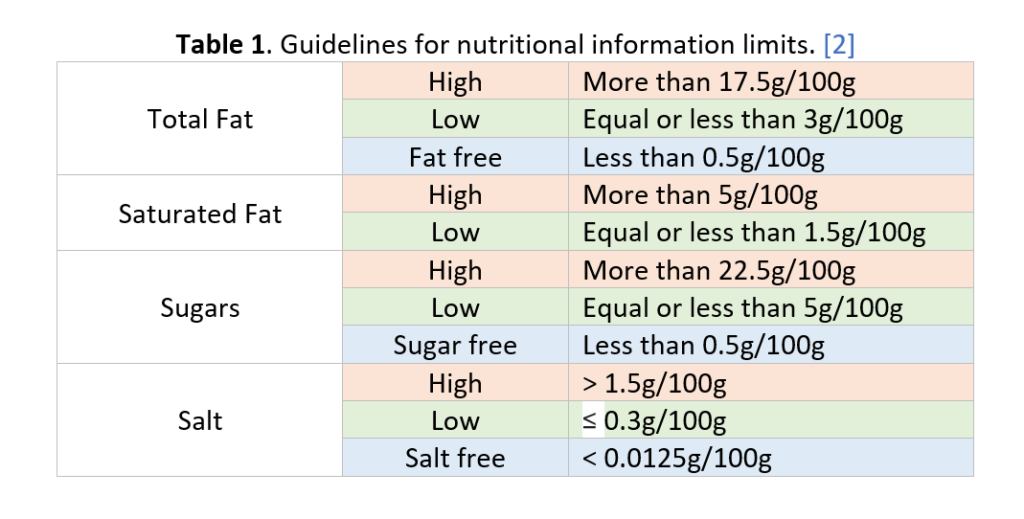A Bug’s Life: Staphylococcus Aureus
Staphylococcus is a common bacteria that has many strains which can cause skin infections, food poisoning and even Toxic Shock Syndrome.
February 17, 2022
Staphylococcus, or Staph., is a type of bacteria most often found in the upper respiratory tract as well as on our skin. Most people will have some of these bacteria on their bodies – which allows for the mildly amusing anecdote that staph is found – on the Staff! It is a common skin infection and can be present in abscesses, and sinus infections (like sinusitis). There are different strains of Staph. including Staphylococcus aureus and Staphylococcus epidermidis.
At EMS, we test for Staphylococcus aureus, which can cause food poisoning by developing toxins in food and when ingested causes food poisoning. Symptoms develop within 1-6 hours and last anywhere from 30 minutes to 3 days. Food poisoning caused by Staphylococcus aureus is one of the quicker routes to a sore stomach.

Outbreaks of food poisoning caused by Staphylococcus aureus are rare, especially documented cases, due to the quick onset and recovery of victims. However, any outbreak is usually associated with products that are subject to handling during preparation or dairy products which can become contaminated from the udders of cows and sheep.
How can you prevent spreading Staph.? Wash your hands thoroughly with soap and water, especially before preparing food. If you are ill, avoid preparing food, and cover any open wounds on the hands or wrists with gloves.

The Micro Profile:
Name: Staphylococcus Aureus
Family: Staphylococcaceae
Type of ‘Bug’: Bacteria
Appearance under a microscope: grape-like clusters with round, golden-yellow colonies
History
First discovered in 1880 by Scottish scientist, Alexander Ogston, while performing a procedure. He described the bacteria as looking like “bunches of grapes”. Later, in 1884, Friedrich Julius Rosenbach found that he could differentiate the bacteria by the colour of their colonies: Staph. Aureus was named because of it’s golden colouring.
How do EMS test for Staphylococcus?
The method we use the most to test for Staph, which we are UKAS accredited to carry out is Method No 16 based on BS EN ISO:6888: Part 1: 1999 using Staphytec plus latex confirmation. If you want more information on this method, you can find it here.



